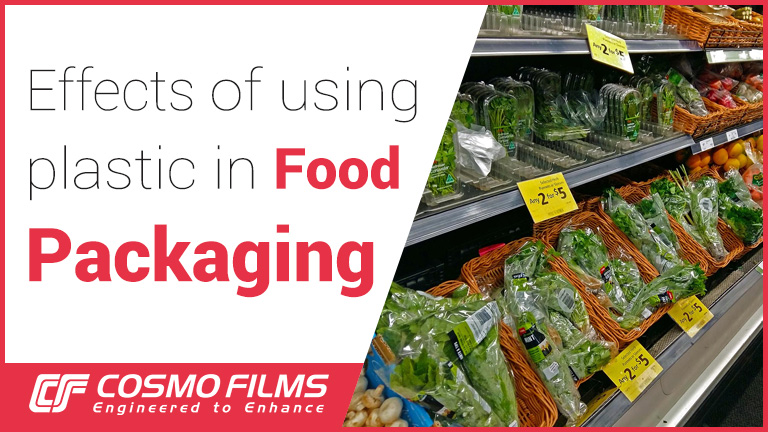Love to hear from you!
Get in touch.

The food packaging industry is large and growing. Plastic packaging is widely employed. We explore the reasons why plastic is favored as a packaging material.
There are rising concerns manifesting as a result of climate change. They include waste as well as breakdown of plastics in the natural environment. Hence the development and use of biodegradable plastics. The latter is employed in food packaging and disintegrate naturally into organic agents from contact to natural environment elements such as heat as well as moisture. Traditional plastics are produced employing petroleum. However biodegradable plastics are generally manufactured employing plant sources such as corn.
The process involved in producing Biodegradable plastic consumes 65% less energy compared to generate traditional petroleum-based plastics. This talks a lot about this new plastic version’s energy efficiency. Also, this type of plastic makes use of renewable sources such as potato starch, corn as well as sugar cane.
Presently efforts are on to develop plastic eating bacteria to consume plastic waste already accumulated on our planet. The plastic waste is a hazard to both domestic animals as well as wildlife. Many animals, birds and fish have died or suffered by consuming plastic waste.
Biodegradable plastic is the future. Hopefully increased awareness will lead to its widespread adoption.
Featured Post
Love to hear from you!
Get in touch.